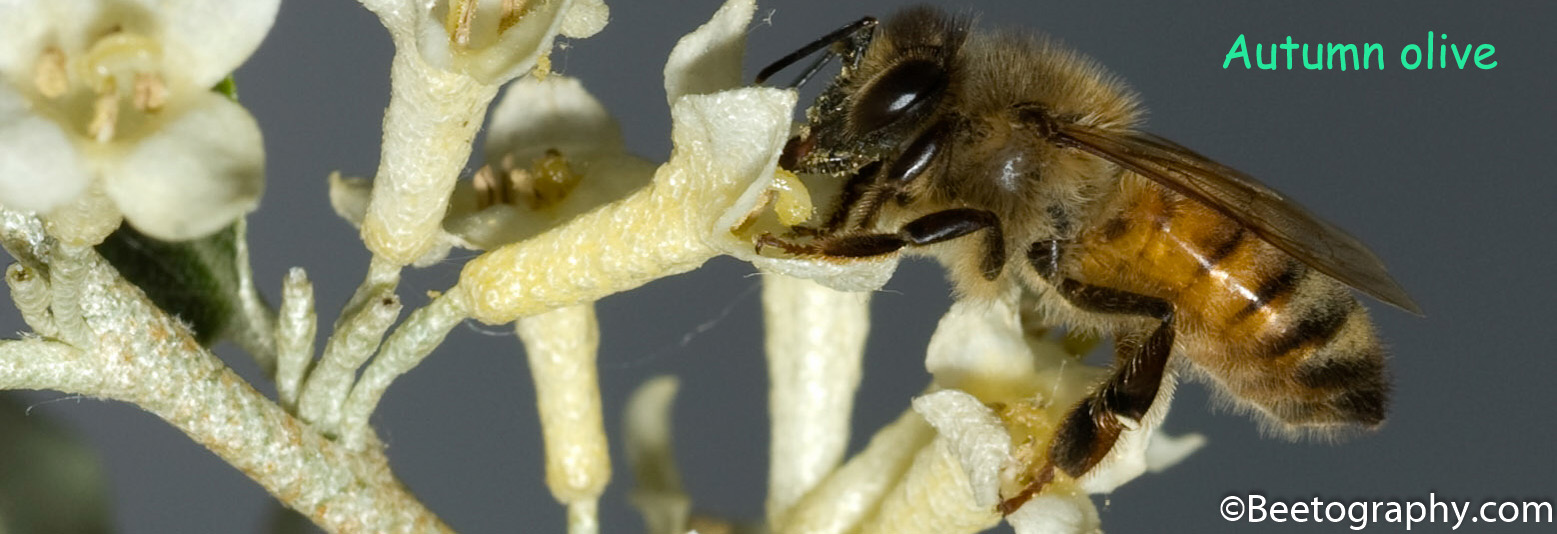By MEGAN DURISIN
Special to the Record-Eagle
LANSING — Beekeepers are buzzing about a disease that threatens the state’s beekeeping industry: colony collapse disorder.
It’s known as CCD and is a scientific mystery where bees suddenly disappear from their hives, leaving beekeepers empty-handed.
“In September and October, a beekeeper will have a lot of bees and by early December they’re all gone,” said Roger Hoopingarner, of Holt, president of the Michigan Beekeepers Association. “We don’t know the cause.”
Michael Hansen, a bee specialist at the state Department of Agriculture, said the problem is already a “huge threat,” but Michigan is in a fortunate position.
“Beekeepers can go south in the winter, rebuild their colonies and come back,” Hansen said. “But beekeepers can’t lose 30 percent of their population every year and still be economically viable.”
Michigan crops that rely on bee pollination include apples, cherries and blueberries. Many commercial beekeepers have pollination contracts to rent their colonies.
Hansen said there are large research projects going on nationwide to determine the causes of CCD. Most of the studies follow migratory operations since they’re affected the most by the disorder.
“They look at feeding sources, nutrition of the bees, diseases, virus activity and different parasites,” Hansen said, adding that there’s not a single cause for CCD.
“A while ago, viruses on their own were not a problem,” Hansen said. “Now there may be synergism between the viruses. It’s not one problem, but a number of things working together that cause CCD.”
Zachary Huang, a bee researcher at Michigan State University, said CCD is a national trend.
“We don’t know what causes it, so there’s no way to fight back,” Huang said.
Hoopingarner said there are half as many beekeepers in Michigan as there were 25 years ago. A beekeeper near Lansing lost 2,300 colonies last fall, he said.
Hansen estimates the state has between 1,200 and 1,500 beekeepers and about 100,000 bee colonies in the summer. He attributes the decline over the past two decades largely to the introduction of tracheal and Varroa destructor mites in the 1980s, pests that ravage bee colonies and may be CCD contributors.
Hansen said there were 6 million colonies 25 years ago. Now, there are about 2.5 million. “Lots of beekeepers lost bees and lost interest,” he said.
Hoopingarner said some Michigan beekeepers combat CCD by going south in the cold months. “Beekeepers will go to Georgia or Florida or some other state, divide their colonies to get good ones and bring them back in the spring,” he said.
Many other commercial beekeepers in Michigan transport their bees to warmer climates during the winter.
“They’re in California right now and they’ll be back to pollinate apples in April, blueberries after that and vegetables all summer long,” Hansen said.
Beekeepers with CCD in the fall build up their colonies by the spring to be able to fill all their pollination contracts, he said. The state is meeting its pollination needs, but the disorder does affect individuals.
Hansen predicted, however, that CCD won’t be a long-term problem if researchers continue to study good honeybee nutrition and different management techniques.
“We’re starting to whittle away at a larger problem,” he said. “We’ll come out of this.”
The Michigan Beekeepers Association Conference will be held March 12-13 at Michigan State University.
